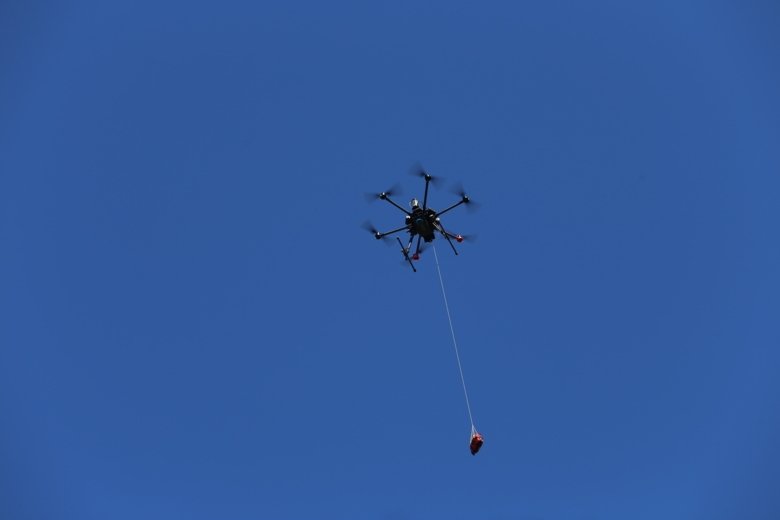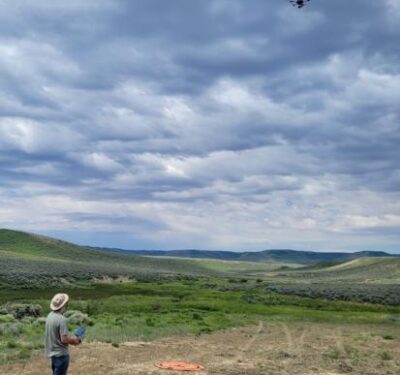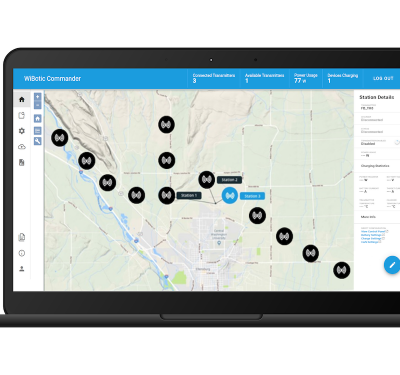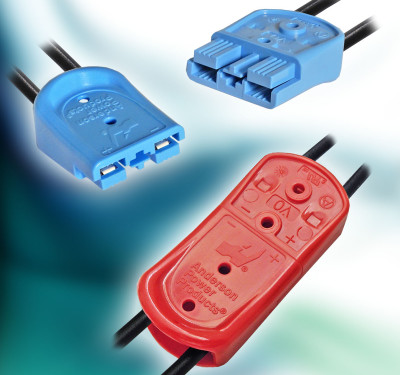
Drones could deliver automated defibrillators to patients whose hearts stopped in Sweden, arriving on target and ahead of ambulances in most cases, a new study finds.
When people suffer sudden cardiac arrest, their hearts abruptly stops, and every minute it takes to respond counts. Currently, as few as one in 10 people survives an out-of-hospital cardiac arrest. However, with early CPR and a shock from an automated external defibrillator (AED), the chances of survival could reach 50 to 70%.
In Sweden, reports from the emergency medical services of out-of-hospital cardiac arrest show that in 2019, the median response time from alert to ambulance arrival in cases of cardiac arrest was 11 minutes. In an effort to reach out-of-hospital cardiac arrest victims earlier, researchers explored using drones to quickly dispatch defibrillators in parallel with ambulances.
“This is the first time in the world that a research group can report results from a study where drones flew defibrillators to location of real-life alerts of suspected cardiac arrest,” lead researcher Andreas Claesson at the Karolinska Institute in Sweden, said in a statement.
Scientists at the Karolinska Institute partnered with Swedish national emergency operator SOS Alarm, Västra Götaland county and drone operator Everdrone AB to carry out the project in the summer of 2020 in the cities of Gothenburg and Kungälv in western Sweden. Emergency operators, drone pilots and air traffic control worked together to facilitate the dual response.
During the four-month study, the drones took off in response to 12 out of 53 alerts of suspected cardiac arrest, and successfully delivered an AED to the site in 11 of those cases. In seven cases, the drones arrived before the ambulance, with a median time benefit of 1 minute and 52 seconds.
The drones traveled a median distance of 3.1 kilometers without causing any disturbances or damage to the surrounding area. No drone-delivered defibrillators were attached to the patients before the ambulance arrived.
“Even if none of the AEDs were used this time, our study shows that it is possible to use drones to transport defibrillators in a safe way and with target precision during real-life emergencies,” researcher Sofia Schierbeck at the Karolinska Institute said in a statement. “A precondition for their future use is that the dispatcher takes initiative and instructs people on site to quickly collect and attach the AED in order to help the person with cardiac arrest.”
The researchers noted that a number of improvements are needed to increase dispatch rate and time benefits. For example, in 2020, the drones could not fly when it was dark or rainy, or if there were winds of roughly 18 miles per hour or more. The software system was also pre-set to avoid routes above densely populated areas, which meant that some alerts were geographically out of range.
“In April this year, we began a follow-up study with a more optimized system,” Claesson said in a statement. “In that study, we want to test if we can use the drones in more alerts and reduce the response time further and thereby increase the time benefit as compared to the ambulance. Every minute without treatment in the early stages reduces the chance of survival by around 10 percent, and that is why we believe this new method of delivery has the potential to save lives.”
The scientists detailed their findings online Aug. 26 in the European Heart Journal.






